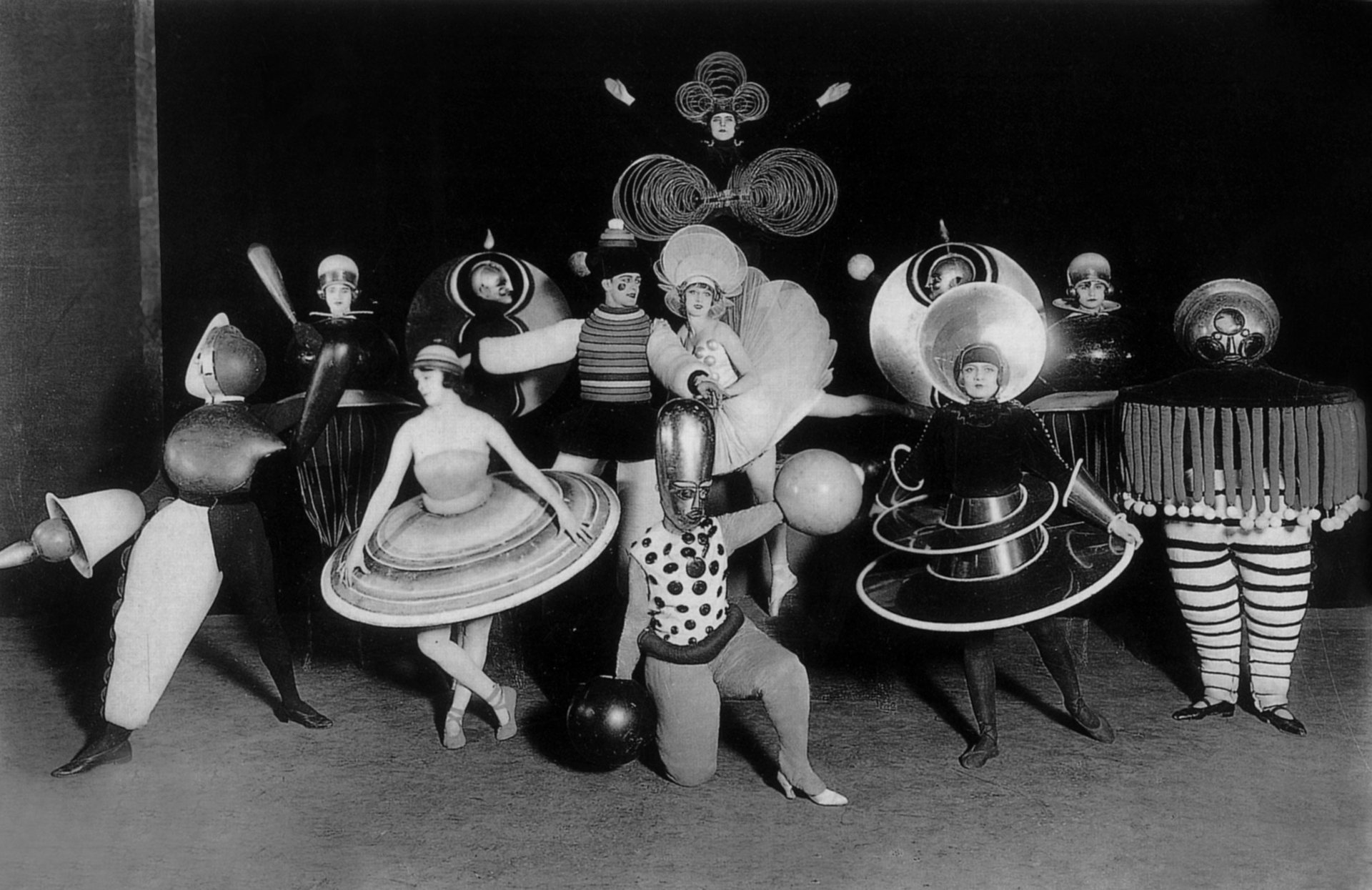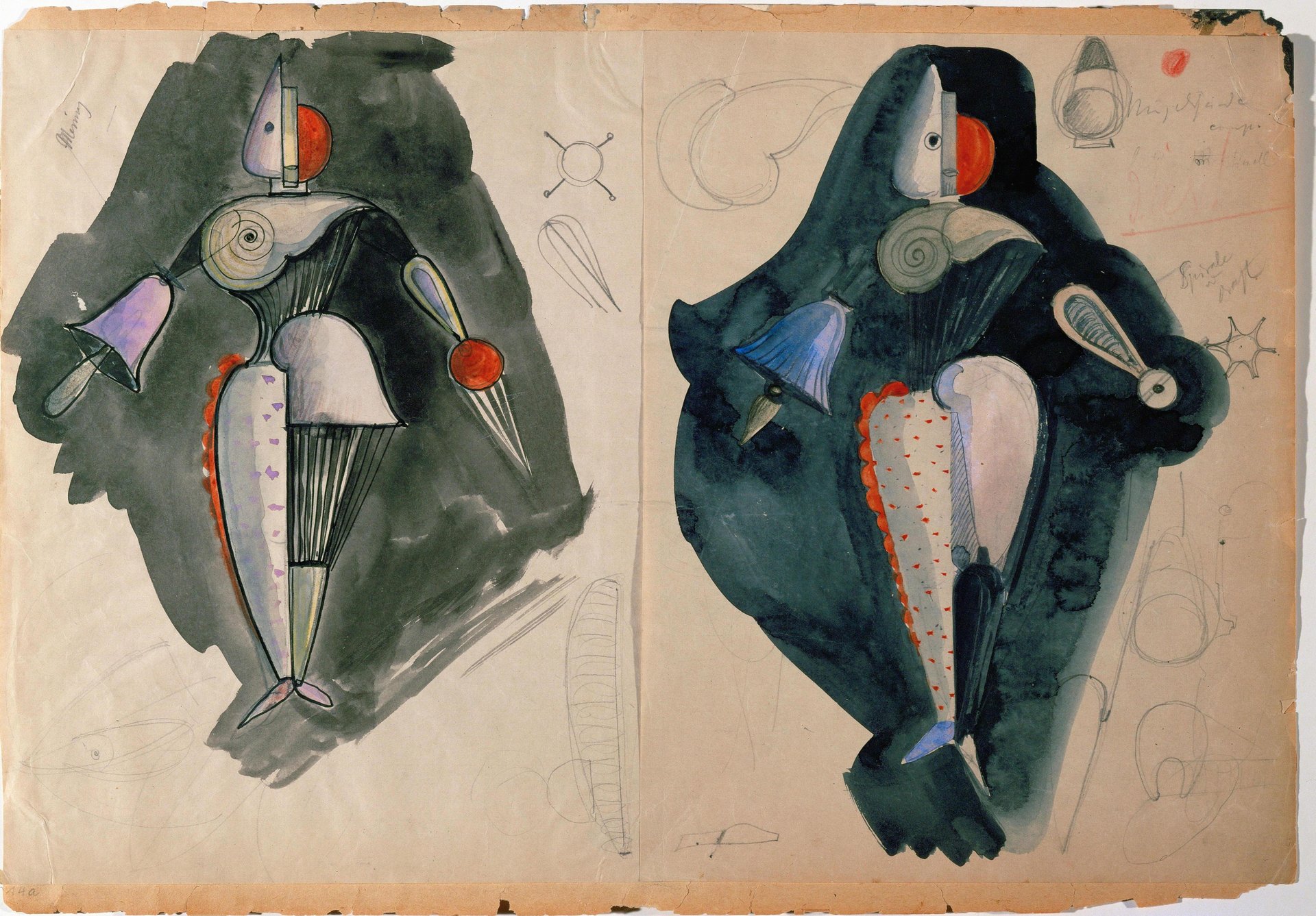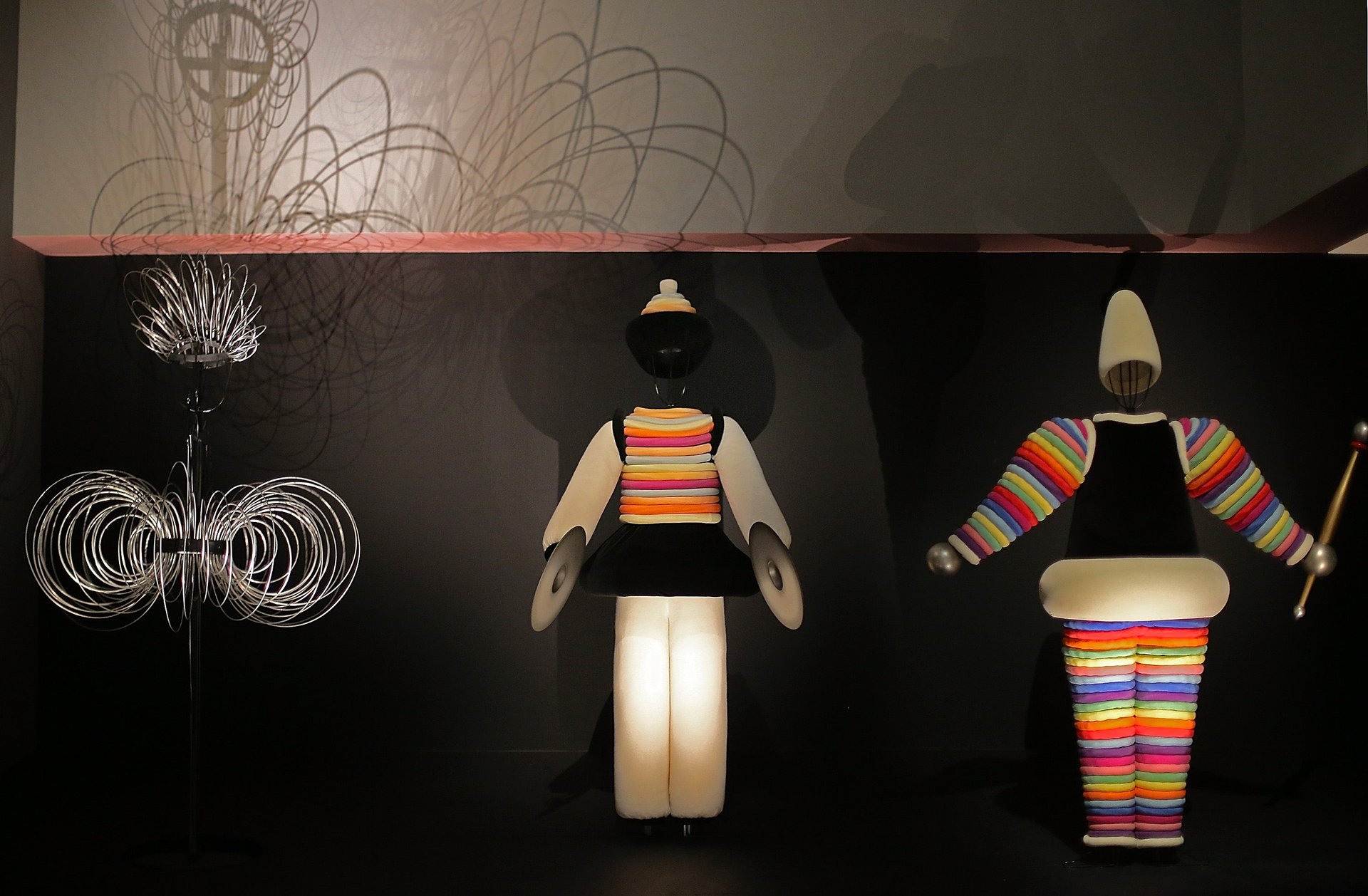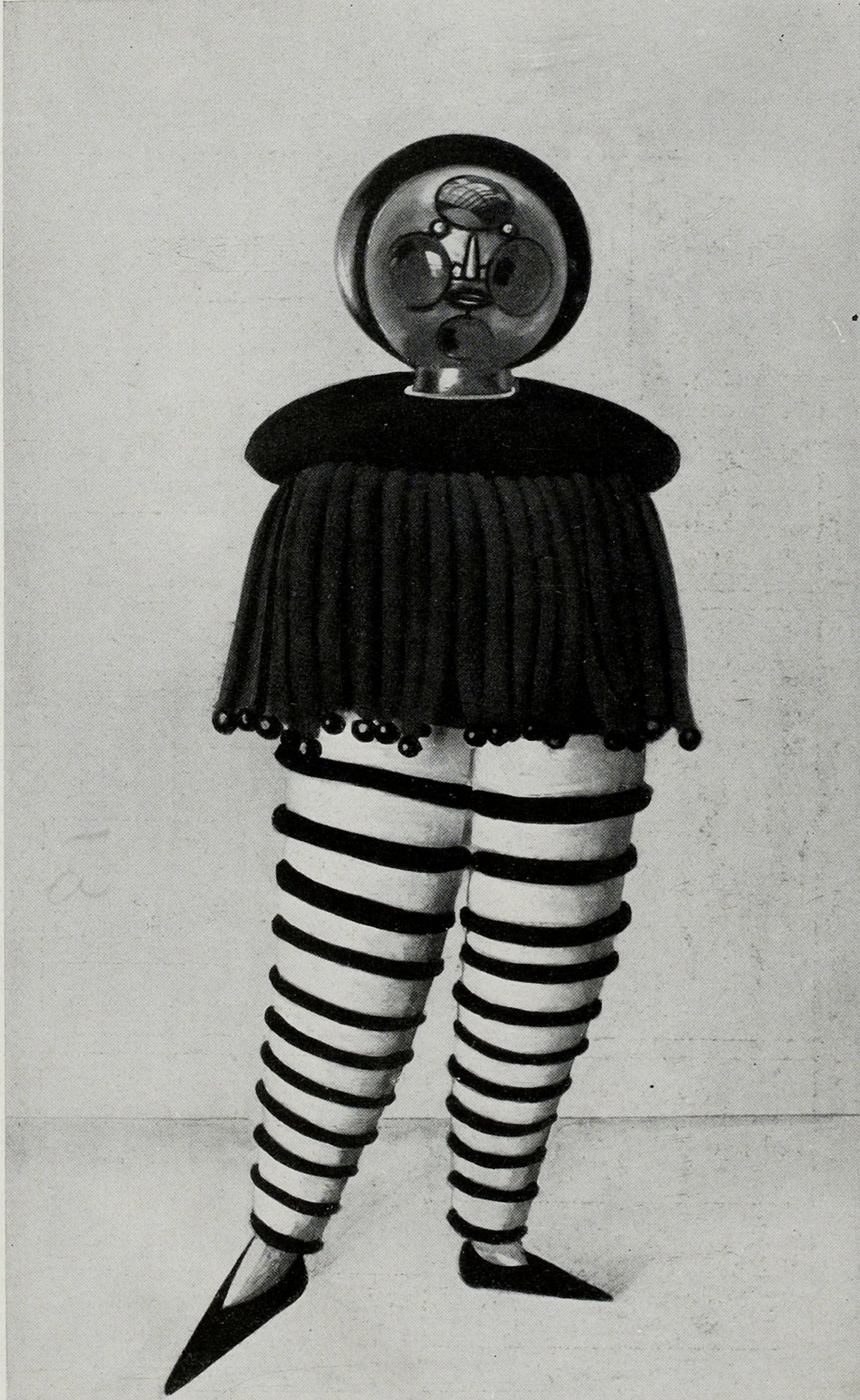This is what costume parties looked like 100 years ago
It’s often astounding to see how “modern” people lived a century ago. This is particularly true at the Bauhaus, a legendary art school in Germany, that is considered by many to be the most influential design academy in history.


It’s often astounding to see how “modern” people lived a century ago. This is particularly true at the Bauhaus, a legendary art school in Germany, that is considered by many to be the most influential design academy in history.
Numerous famous scholars of art, architecture, craft, sculpture, and photography studied or taught at the Staatliches Bauhaus, which celebrates its centennial next year. And curiously, the importance of fantastic parties is also coded in the school’s core principles. Bauhaus founder Walter Gropius included in his 1919 manifesto, “Encouragement of friendly relations between masters and students outside of work; therefore plays, lectures, poetry, music, costume parties. Establishment of a cheerful ceremonial at these gatherings.”

Costume parties, like all subjects in the Bauhaus, were taken very seriously. Both teachers and students dressed up. Bauhaus-educated Hungarian architect Farkas Molnár describes the scene in a 1925 essay “Élet a Bauhausban”:
The greatest expenditures of energy, however, go into the costume parties. The essential difference between the fancy-dress balls organized by the artists of Paris, Berlin, Moscow and the ones here at the Bauhaus is that our costumes are truly original. Everyone prepares his or her own. Never a one that has been seen before.
Inhuman, or humanoid, but always new. You may see monstrously tall shapes stumbling about, colorful mechanical figures that yield not the slightest clue as to where the head is. Sweet girls inside a red cube. Here comes a winch and they are hoisted high up into the air; lights flash and scents are sprayed.
In cold winters, when dancing was considered a “health requirement,” revelries inevitably got intense. Molnár writes :
The dance is non-stop. The members of the Jazz-kapelle break up their instruments. The proprietor loses his patience. Outside the police set up machine guns made of cherry brandy bottles. Inside, the high point is reached. Barometer at 365 degrees. Maximal tension. But it all comes to an end.
Some of these epic Bauhaus costume parties were open to the public, according to Anke Blümm, the scientific officer of Bauhaus-Museum Klassik Stiftung Weimar. “The school’s founder, Walter Gropius, had a great interest in involving the city population in common celebrations,” he explains to Quartz.

Beyond frivolity and friendships, Bauhaus costume parties underscored the importance of “serious play” in education. The Bauhaus Archive explains that these highly anticipated gatherings fostered a “common spirit and the development of the ‘play instinct.'”
Inspired by the the German poet-philosopher Friedrich Schiller’s treatise On the Aesthetic Education of Man, painter Oskar Schlemmer became the de facto master of ceremonies of Bauhaus parties. As the head of the school’s theatre workshop, he spent his time and fortune in scheming and fabricating elaborate dance costumes that would be paraded during parties. Schlemmer used the parties as an experimental theater for his stage productions.

The cost of costumes for the Triadic Ballet—which was featured on a Google Doodle last year—nearly impoverished his family, explains choreographer Ivan Liška to the Big Think.
The Bauhaus costumes have been a popular inspiration for Halloween parties over the years, but they bear a vital lesson beyond this season. The Bauhaus championed the idea that play or “non-purposeful activity” was “the force that made creativity possible in the first place.”